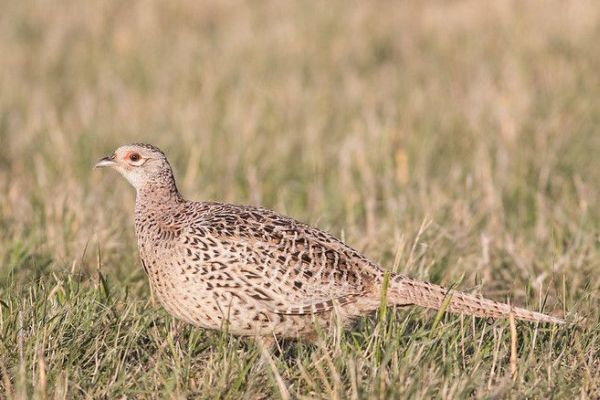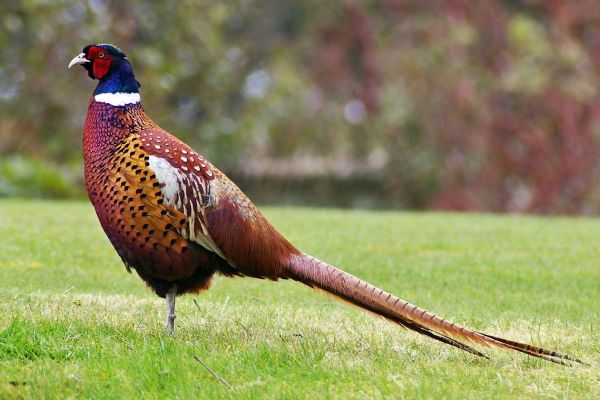Fancy feathers
- POSTED ON: 16 Nov, 2019
- TOTAL VIEWS: 587 Views
- POSTED BY: Madhumitha Srinivasan
- ARTICLE POINTS: 100 Points
Birds of a feather flock together. But when you look at the male and female of some species of birds, you will be left wondering if that adage is really true.
Sexual dimorphism is where the two sexes of the same species exhibit different characteristics other than their organs. For several species of birds, the differences are highlighted in the colour of their feathers, with the males being more attractive and eye-catching and the females looking duller and boring in comparison. Some of the reasons for this include safety and breeding.
Take a look at a few species of birds where the males take the prize for good looks! Move the slider to see their male counterparts.
Northern cardinal
Fact: The bird’s colour comes from what it eats. It feeds on grapes or dogwood berries, pigments from which enter the bloodstream during the digestive process. If a cardinal can’t find these foods for a long period at a stretch, its colour will start fading.
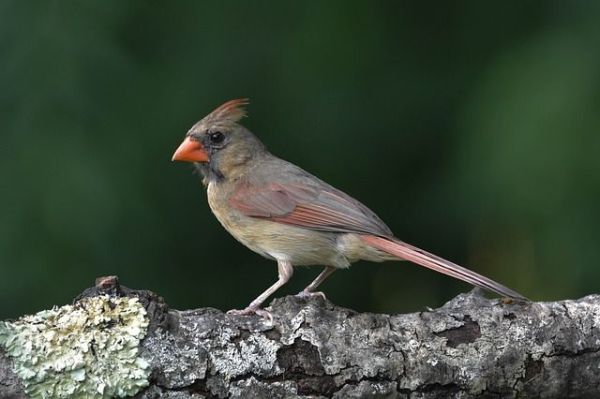
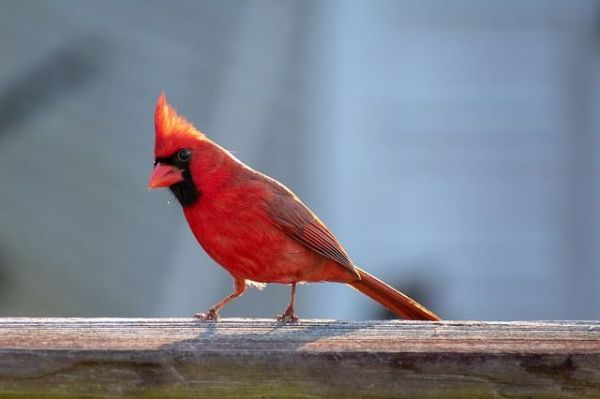
Mandarin Duck
Fact: These birds nest in tree holes, sometimes as high as 30 feet from the ground. Once the ducklings hatch, they need to get to the ground and into the water. They do so by jumping out of the hole and landing with a little bounce.
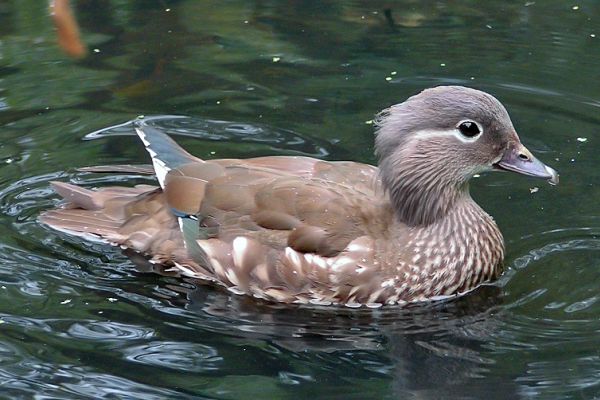
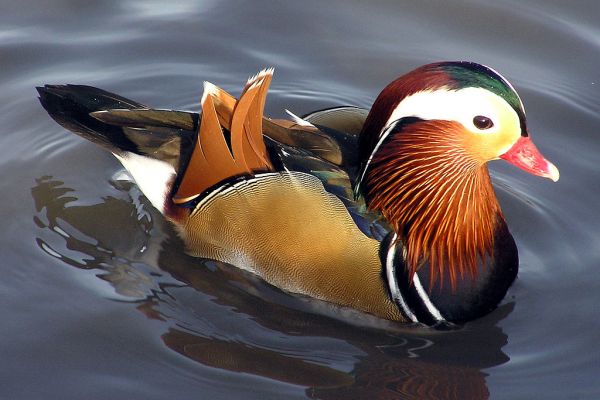
Ostrich
Fact: The flightless ostrich is the world’s largest bird. It can sprint at a speed of over 70 km/hr, and has three stomachs!
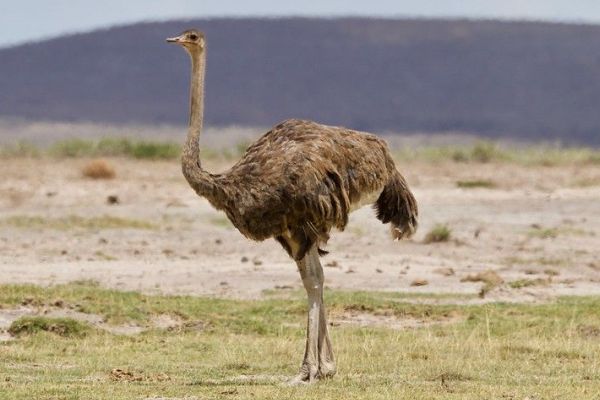
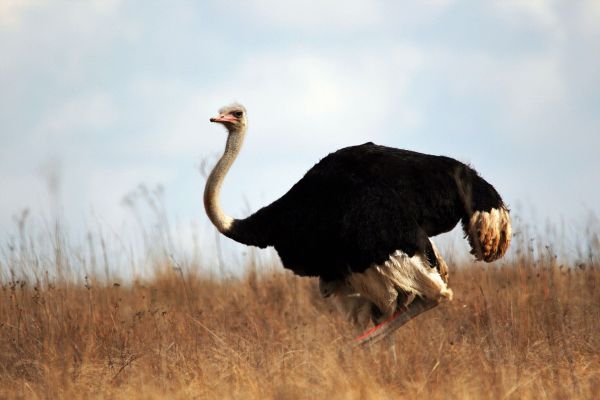
Peafowl
Fact: These birds are commonly referred to as peacocks, but, in fact, the term refers only to the male peafowl. The females are called peahens. The male birds are known for their tail feathers that stretches out nearly 2 m in length.
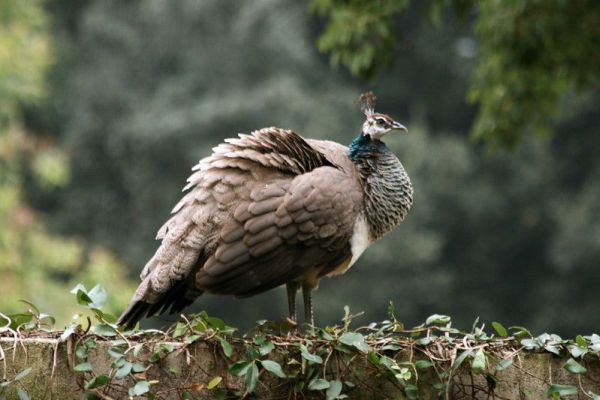
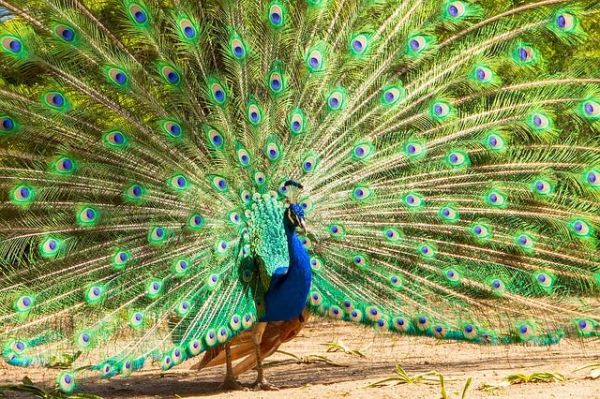
Ring-necked pheasant
Fact: They take regular dust baths, lying and shaking around in the dust and sand, to remove oil, dead skin cells, old feathers, and the coverings on new feathers.
